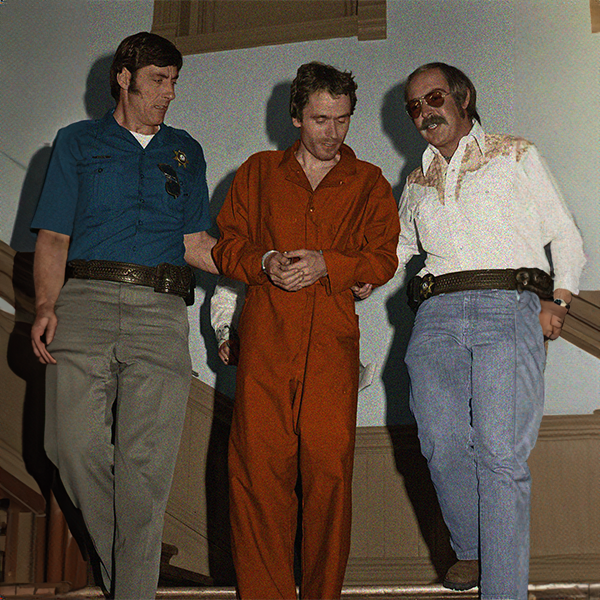
Ted Bundy, the name itself, sends shivers down the spine of anyone who has delved into the dark annals of true crime history. This infamous serial killer, active during the 1970s, left a trail of terror across multiple states in the United States. Beyond the gruesome details of his crimes, it is the twisted mentality of Ted Bundy that continues to captivate and terrify both experts and true crime enthusiasts alike.
Born on November 24, 1946, in Burlington, Vermont, Ted Bundy's upbringing appeared ordinary, offering no immediate indication of the horrors to come. He was raised in a middle-class family and was academically inclined, charming, and possessed a striking, disarming charisma. These traits masked a deeply disturbed individual lurking beneath the surface.
Bundy's transformation into a serial killer was a gradual process. His insatiable lust for power and control, coupled with unresolved psychological issues, fueled his descent into darkness. He began by stealing small items but soon progressed to voyeurism and ultimately, murder.
One of Bundy's most chilling traits was his ability to deceive and manipulate his victims. He would often impersonate authority figures, such as police officers or firefighters, to gain the trust of his victims. This facade allowed him to approach and incapacitate his prey, often by feigning injuries or asking for assistance.
Bundy's killing spree spanned several states, including Washington, Oregon, Utah, Colorado, and Florida. His victims were primarily young women, chosen for their resemblance to a specific type he fixated upon: young, attractive, with long brown hair.
Ted Bundy managed to escape custody twice during his reign of terror, adding an element of audacity to his crimes. These escapes prolonged his spree, allowing him to continue his horrifying activities.